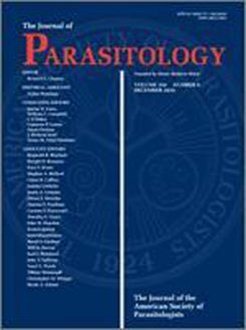Ectoparasites were collected from Eptesicus hottentotus, the long-tailed serotine bat, caught in Namibia as part of an ecological study. Larvae of Argas transgariepinus, a blood-feeding ectoparasite of bats in Africa, were removed from 3 of 18 bats. We present scanning electron microscope images of unengorged larvae. As with other ectoparasites, this bat tick might transmit pathogens such as Borrelia and Rickettsia to their hosts as has been reported for bat ticks in Europe and North America. We screened 3 pools (25 total) of larvae of A. transgariepinus removed from the long-tailed serotine bat Eptesicus hottentotus caught in Namibia. Two microbes of unknown pathogenicity, including Rickettsia hoogstraalii, a spotted fever group pathogen, and a Rickettsiella sp. were detected by molecular techniques.
How to translate text using browser tools
20 October 2020
Rickettsia hoogstraalii and a Rickettsiella from the Bat Tick Argas transgariepinus, in Namibia
Will K. Reeves,
Ben J. Mans,
Lance A. Durden,
Myrna M. Miller,
Elena M. Gratton,
Theresa M. Laverty
ACCESS THE FULL ARTICLE

Journal of Parasitology
Vol. 106 • No. 5
September 2020
Vol. 106 • No. 5
September 2020
Argasidae
Bat
ectoparasite
Eptesicus hottentotus
Rickettsia
Rickettsiella




